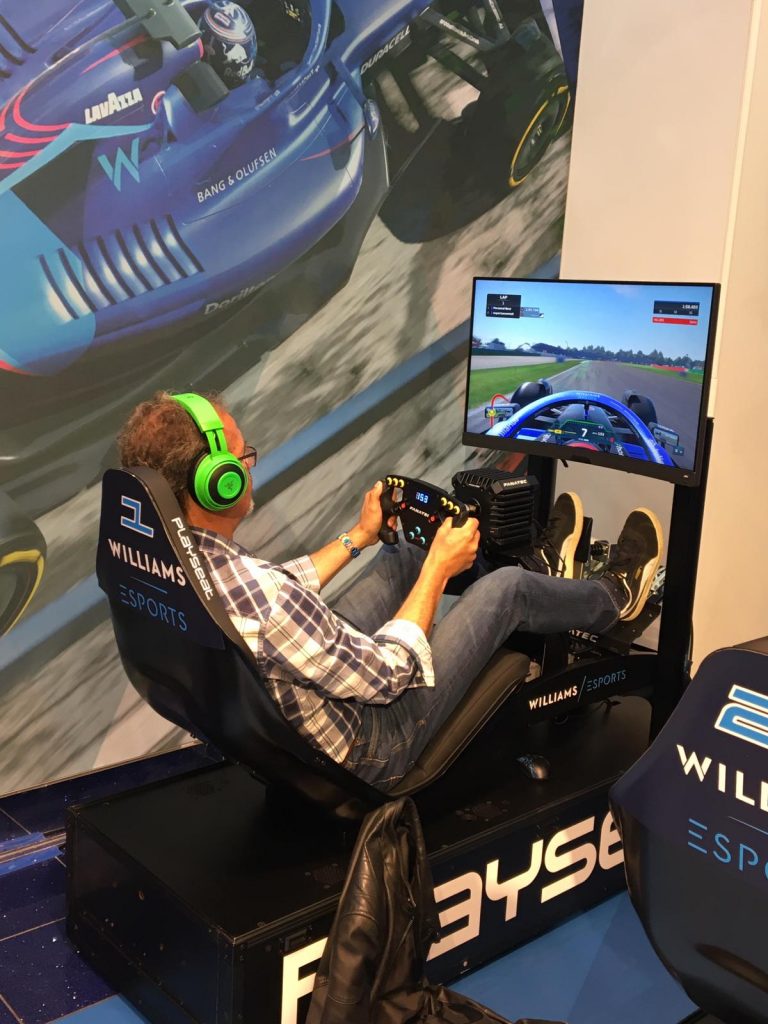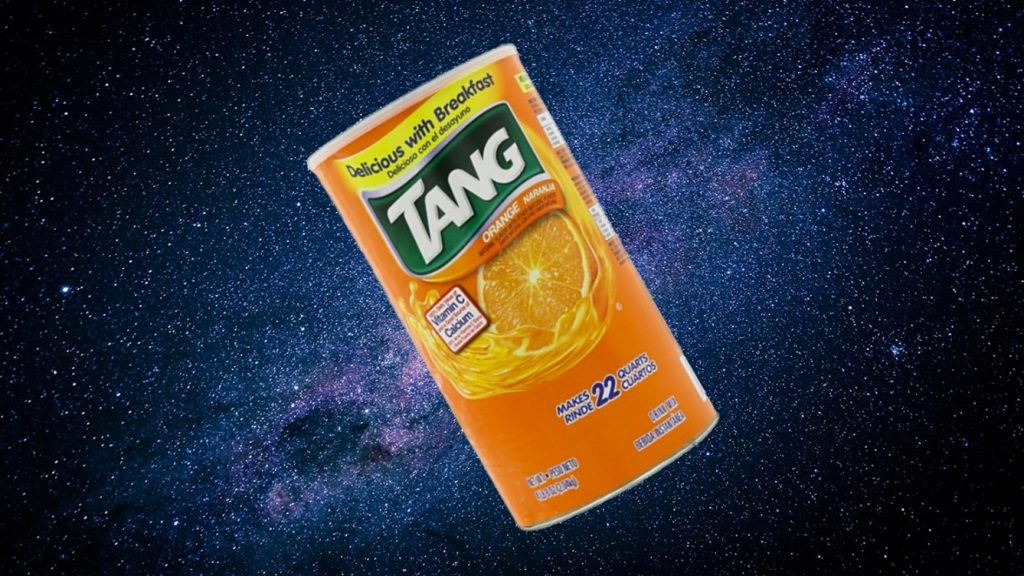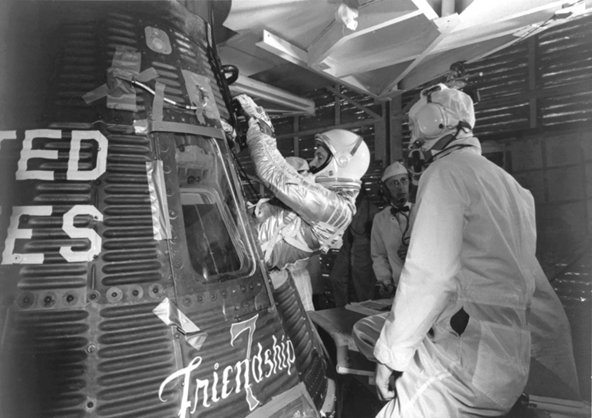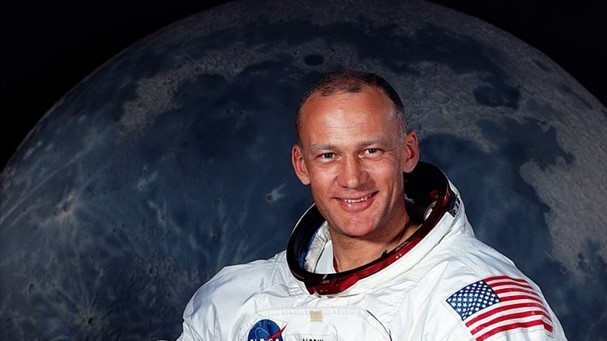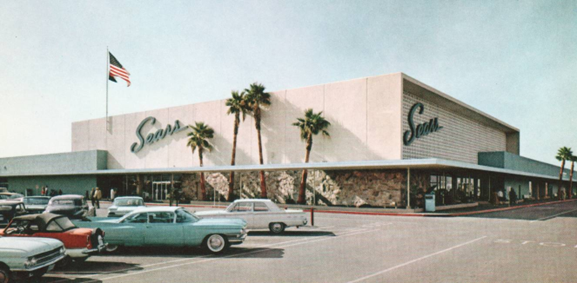Bremont: Chapter 2 Building the story into the product
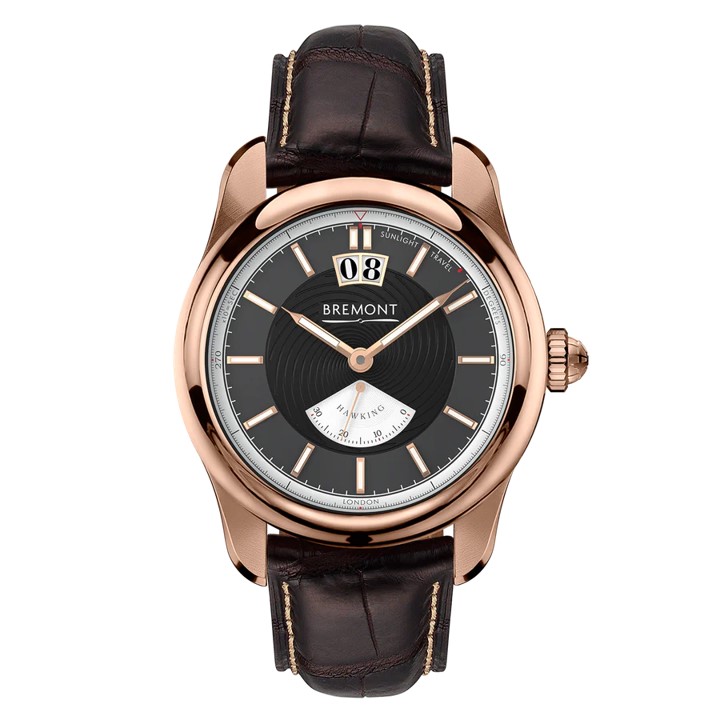
I wrote a story about the origins of the Bremont brand back in July 2020 (http://www.theprisonerandthepenguin.com/?p=1411 ) but on a recent visit to the Williams F1 pop up store In Westfield I saw the Bremont concession stand and went to take a look. (They are Williams sponsors)
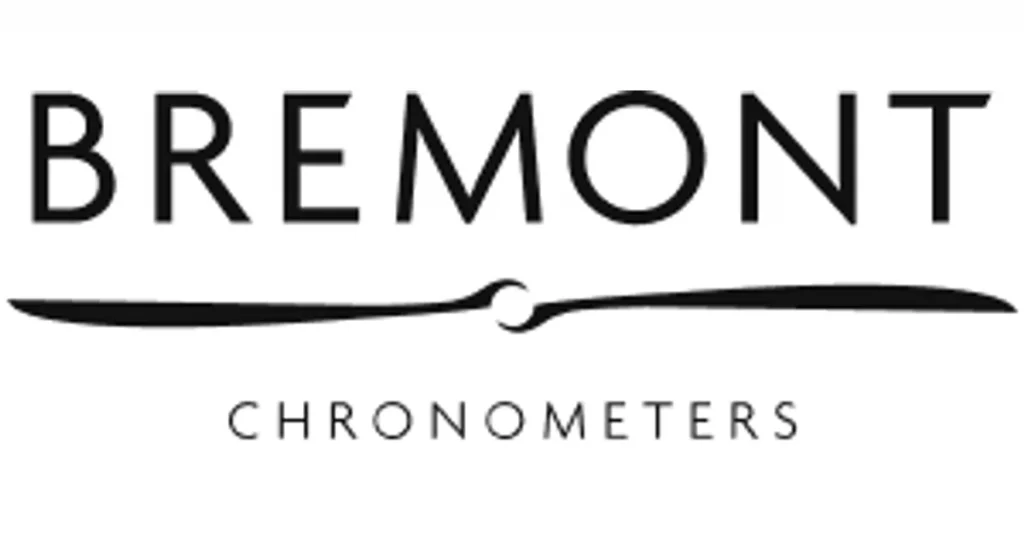
In main original blog I talked about how Bremont’s differentiator was its storytelling, and the delightful man on the stand backed this up as he told the story of Stephen Hawking and the limited edition watch

Not only did he tell the story but he described how little details are built into the watch designs.
He showed me an astronomical map on the back of the watch incorporating actual little circular parts of the scientist desk to represent the planets and even tiny paper snippets from the academic papers he wrote
Later looking on the website I found this description
The classically styled Bremont Hawking Rose Gold Hawking features a retrograde seconds hand and grand date, contains 4 wooden discs inlaid into the back of the watch taken from the desk at which Hawking contemplated the mysteries of the universe. This exquisite chronometer also contains some meteorite to symbolise the cosmos displayed at the centre of the striking hand-finished case back, as well as an etching of stars from the night sky in Oxford on date that Hawking was born. The serial number is printed on paper from original copies of a 1979 seminal research paper commonly referred to as “The ‘nuts’ and ‘bolts’ of gravity”.
(Having a go on the Williams esports simulators was pretty cool too)
